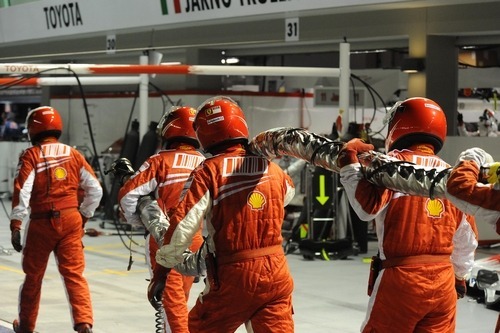
There will be quite a few changes to Formula One in 2018: a new tyre compound; the new halo device; a new logo (not racing related, but I thought I’d mention it); and the ban of the shark fins. Unfortunately, Formula One fans have earned a nasty reputation for their hatred of change. Change can be good. Let’s explore six of the biggest and best changes made to Formula One in the past decade.
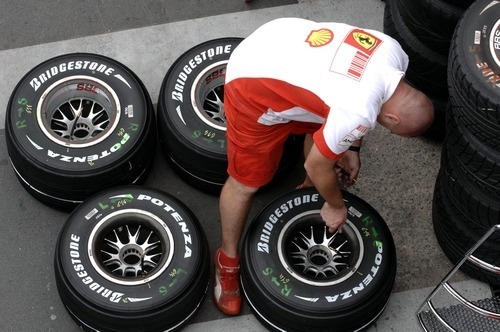
When Michelin opted to abandon Formula One for the 2007 season, this left Bridgestone to be the sole tyre supplier, giving them a lot more control over tyre development and regulations. In doing so, Bridgestone expanded their dry compound tyre range to four different compounds (supersoft, soft, medium and hard). Bridgestone selected two of the four tyre compounds to be used in the race, with the harder one being called the “prime” tyre and the softer being called the “option” tyre.
These tyre regulations were the first step towards the modern range of tyres that we see used by Pirelli today, providing an extra layer of strategy in the race weekend. For the 2018, the tyre range is bigger in size compared to the 2007 tyres, but it is still a lot better than the previous seasons’ compound selection.
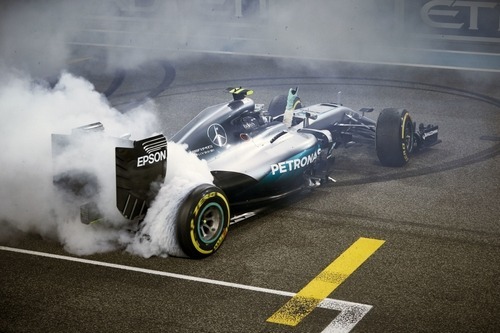
With technology in Formula One at an all-time high, many people were wondering if technology had gone too far and made it easier for drivers to race the cars. Formula One drivers are supposed to be the best of the best, so they shouldn’t need to depend on assist systems like traction control. The FIA shared a similar view, banning traction control for the 2008 season onward.
Traction control had previously been banned from Formula One until it was reintroduced in 2001. Many of the cars in the lower feeder divisions like GP2 and Formula 3 didn’t have traction control, making it a bit odd that the drivers would need to be skilled enough to race without traction control only to make it to Formula One and have that assist again. Removing traction control increased the need for talented drivers that were capable of driving without assists.
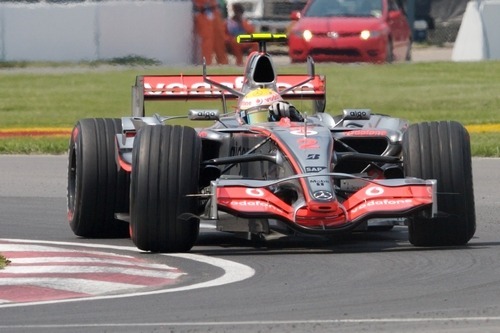
The 2005-2008 Formula One seasons produced, in my opinion, some of the ugliest cars in the history of the sport. The cars were all littered with winglets on every inch of the sidepod and these odd wings on the nose of the car. These aerodynamic components were meticulously crafted to give the cars as much of an aerodynamic advantage as possible.
In 2009, the aerodynamic regulations were completely overhauled. The front wings were strictly regulated to make them standard among the teams, as was the rear wing. Most notably, the winglets were banned from the chassis of the car. The changes were mainly to reduce the amount of money that the teams were dumping into wind tunnel and development costs. But a good side effect of the changes was that the cars became the much more standard (and nicer looking) cars that we are currently running.

Formula One has an off and on history with mid race refueling. Doing so was originally banned in 1984, only to make a return for the 1994 season. It remained in the sport until the 2010 season when the ban on refueling was unanimously agreed on by the teams, along with a string of other cost-cutting changes. The decision was also made on safety grounds.
Refueling has been the cause of many major pit stop incidents over the years. When refueling was reintroduced in 1994, Jos Verstappen’s car caught fire at the German Grand Prix when fuel sprayed everywhere. Just two seasons before refueling was banned again, Felipe Massa wiped out many of his crew members when the fuel hose didn’t detach at the 2008 Singapore Grand Prix. Refueling presents a big danger and it’s good that it found its way out of Formula One.
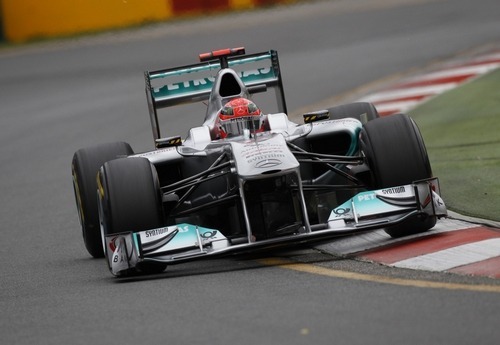
In the seasons before 2011, Formula One had a nasty overtaking problem… mainly that it rarely happened. To combat this a new moving rear wing was introduced for the 2011 season called the Drag Reduction System (DRS). The DRS aimed to increase overtaking in the sport by giving drivers pursuing a car in front and extra speed advantage at certain points on the circuit.
It’s a pretty controversial think to say, but the DRS has been quite successful. In its very first season, the amount of overtakes doubled compared to 2010 and quadrupled compared to 2009 and the years before. Opinions are split when it comes to the DRS. Some fans like that it increases overtaking opportunities, but others feel that it gives the driver in front an unfair disadvantage and promotes “fake” overtakes. All in all though, I think that the DRS has done a lot of good in fixing the entertainment value of Formula One.

In addition to a brand new tyre compound called the “ultrasoft”, Pirelli also announced an overhaul of the tyre regulations. Pirelli would select three tyre compounds for each race based on the compounds which they thought would best suit the track. Drivers were free to fill their 10 tyre allocation with any of those three compounds and Pirelli set aside the softest compound for Q3 and selected two compounds for the race, one of which would have to be used in the race.
The new regulations were confusing to some fans and needed a lot of explaining to understand, but it improved the racing by giving the teams and drivers more freedom over their tyre strategy. It’s a vast improvement over the standard prime-to-option or option-to-prime strategies that we had under Bridgestone’s control.
Do you agree with this list? Can you think of a bigger or better change that has happened in the past decade? Comment below.